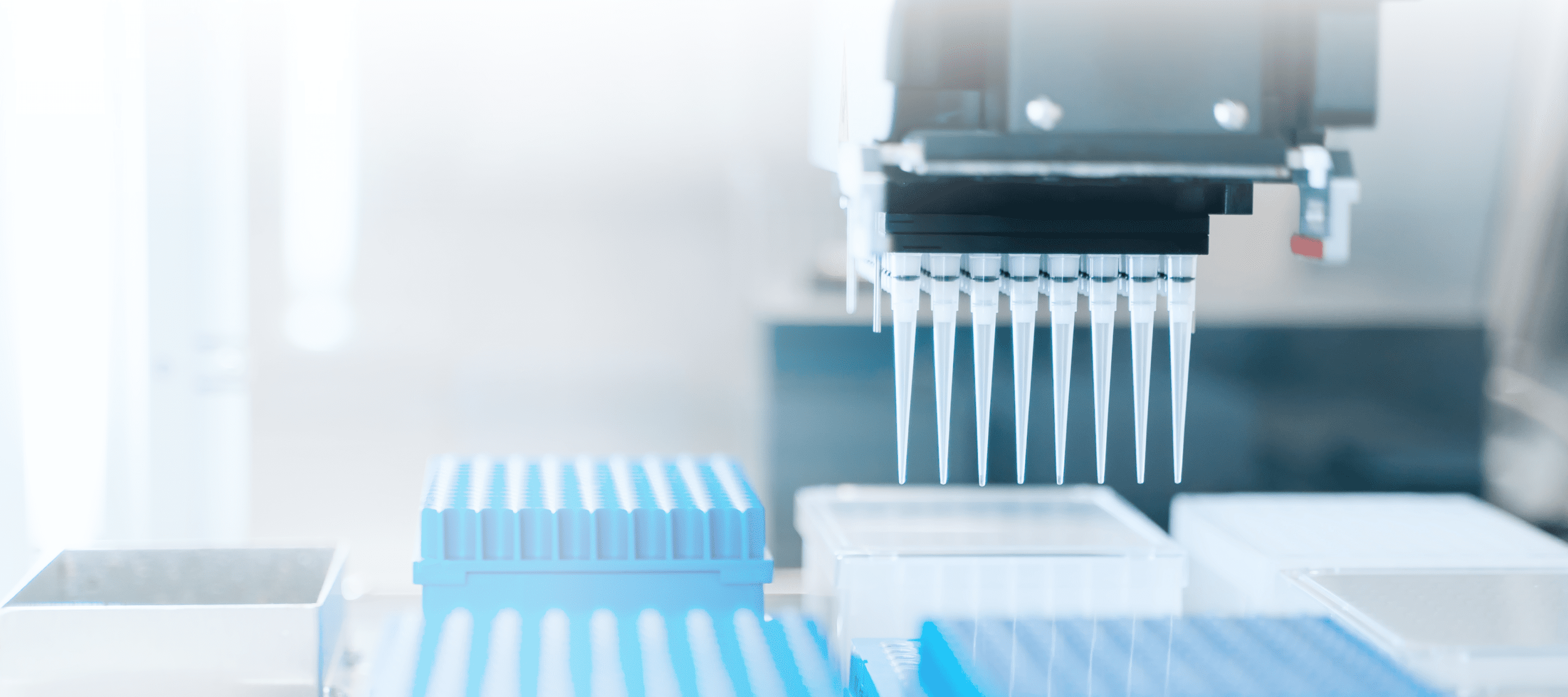
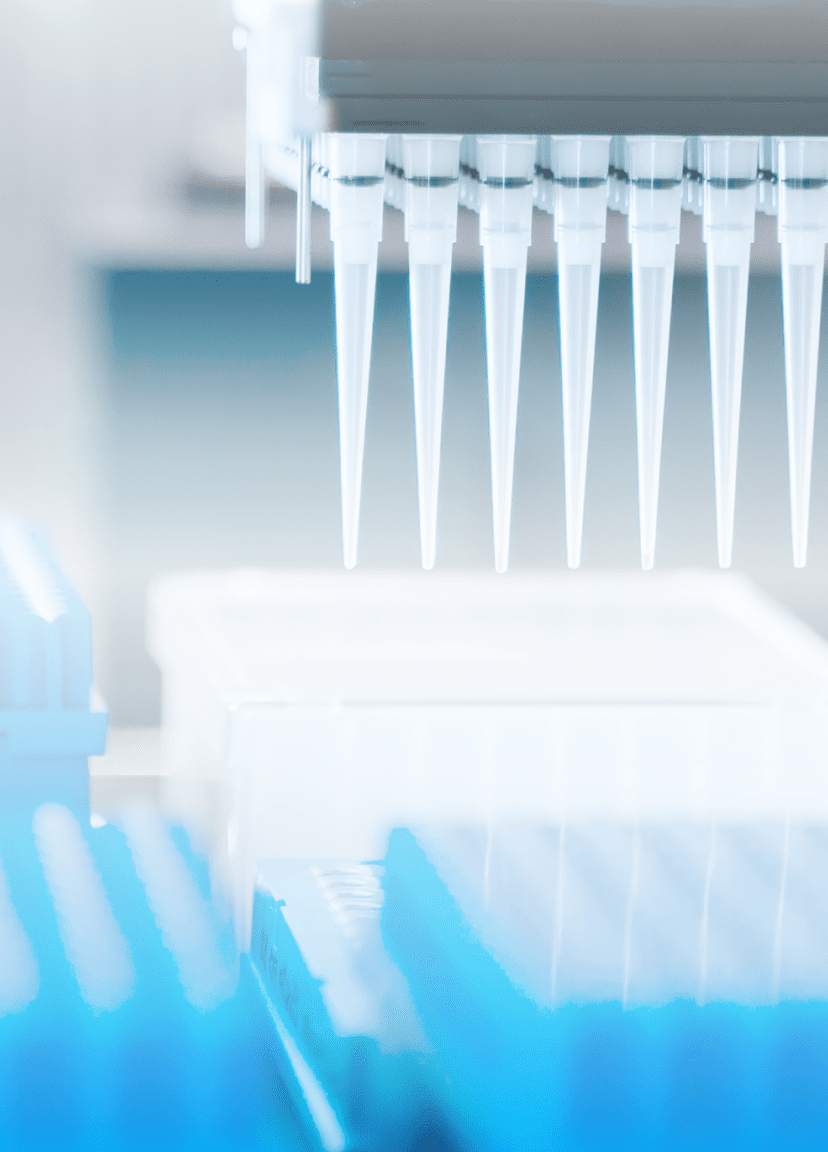
How automating labs can improve PCR testing
With the reliance on PCR testing set to continue, automation offers an unrivalled opportunity to upscale PCR testing capacity, accuracy and turnaround times.
Around the world, PCR testing has become essential to navigating pandemic life, as the gold standard for accurately detecting a SARS-CoV-2 infection swiftly and supporting the identification of new variants.
Demand has increased substantially for PCR testing. In the UK alone, PCR testing capacity increased from a few thousand daily tests, at the beginning of the pandemic, to up to 800,000 today.
Pressure on labs to meet testing demand, and increase capacity, has contributed to growing lab pressures. Recent research from Automata has highlighted the intense strain on lab staff during the pandemic. Pathology and diagnostic lab staff cited concerns over staff shortages, exhaustion, meeting demands and time pressures as issues being experienced across the sector, and in their labs. Very few lab managers feel that the situation is getting any better, with no respondent answering that the stress caused by time pressure was improving. In fact, 80% of respondents think that general issues of morale and exhaustion are actively getting worse.
This comes at a time when the diagnostic and pathology workforce are working under pressure to meet existing testing demands for core care and clear pandemic backlogs. Indeed, The Royal College of Pathologists has warned that stretched resources are impacting labs ability to clear the backlog and deliver care and treatment.
Meanwhile, the rollout of PCR testing for coronavirus has been heavily scrutinised in the UK, with concerns around system testing capacity, slow lab turnaround times and workforce shortages. Fast and accurate mass community population testing, to monitor the spread of COVID-19, will continue to be key in the future, to support economic recovery and the transition to a post-pandemic world.
But automating the manual elements of the PCR testing process can increase capacity and efficiency and relieve beleaguered staff to be redeployed to address other shortages.
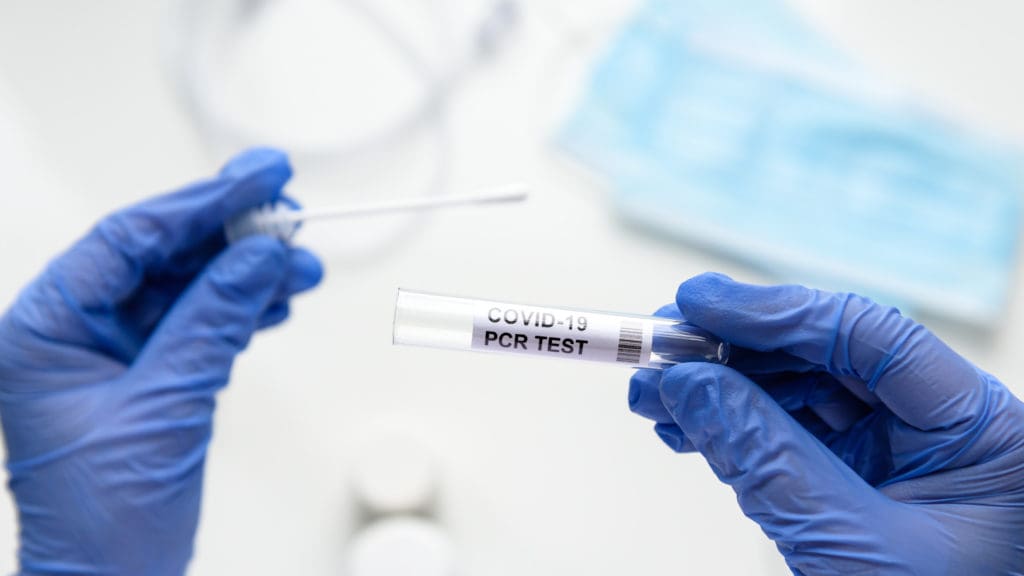
What benefits can automated PCR testing offer?
As the world continues testing extensively and at pace, there is a huge opportunity for more innovative approaches to testing to free up workforces, speed up turnaround times and ensure the accuracy of every PCR test administered.
1. The use of automated machines in microbiology labs for PCR tests allows labs to scale and significantly increase output to meet demands. For instance, an automated PCR thermocycler can play an essential part in scaling up the number of tests that can be completed on a given day
2. Relieving human lab operators from undertaking manual assays, alleviates a workforce under strain, freeing them up to tackle other pressures
3. Using PCR automated robots to automate the nucleic acid testing workflow allows for repetitive processes to be conducted over extended time periods previously out of reach for manual operators
4. This also reduces the number of human touch points which minimises human error, improving the accuracy of results while increasing the reproducibility and reliability of sample results
5. Removing human touch points helps improve lab safety, minimising lab staff’s potential exposure to the pathogens they’re testing. The use of coated cartridges in automated PCR testing minimises the risk of infection for lab staff who are dealing with potential positive-COVID samples
6. PCR automated robots can process more tests per hour than manual alternatives, meaning fewer scientists are required per test reducing labour costs and increasing capacity
7. Fully automated molecular diagnostics systems are already being used by NHS pathology labs to rapidly increase turnaround times for patients
What do lab managers think of automation?
Lab managers have confidence in automation as a viable and credible solution, to both relieve current pressures, and improve labs’ capacity, speed, safety and patient outcomes. As Automata Labs’ research found, 97% of lab managers associate automation with time savings – be that single-station, full-workflow, or both forms.
The future of automation in PCR testing
Many labs have already begun the journey towards automating elements of the testing process to operate more effectively and quickly. When the pandemic struck, labs that already had robust automation solutions were better positioned to respond to the increased demand on their capacity. Indeed, NHS Test and Trace is already utilising automation to operate faster with increased capacity
Automata Labs’ automated PCR-testing solution combines six individual Modular Pods into one complete workflow to expedite PCR testing, combining tried-and-tested lab equipment with robotic automation technology.
While COVID-19 still presents an immediate challenge to health systems, automation in PCR testing will continue to be a vital tool to improve efficiencies across molecular diagnostics long into the future. Learn how to increase the scale and productivity of your lab using automation.


Cloud-first lab automation provides superior benefits to modern labs vs on-site solutions….
Read more Why we built LINQ
ELRIG is returning to London with an impressive lineup of exhibitors. Here’s…
Read more Four reasons to visit Automata at ELRIG Drug Discovery 2024 this October
Improve data traceability and create a single source of truth for your…
Read more Improving traceability with lab automation
Discover how life sciences face challenges in managing vast, complex data and…
Read more Navigating the challenges of data in life sciences (and how automation can help)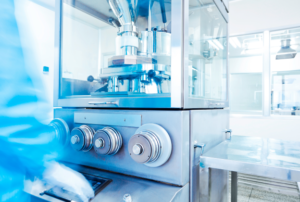
Explore the top five challenges in lab automation and get some practical…
Read more Five challenges in lab automation and how to overcome them
How automation in life sciences is commonly utilised and the many advantages…
Read more The role of automation in the life sciences industry
Careful planning is crucial to maximising your lab’s efficiency. Design your lab…
Read more Designing your lab space for maximum efficiency
Cloud-first lab automation provides superior benefits to modern labs vs on-site solutions….
Read more The benefits of cloud-first lab automation platforms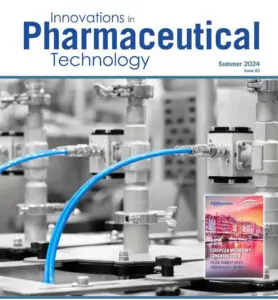
First featured in Innovations in Pharmaceutical Technology, in this article Russel Green…
Read more The journey to full automation – for labs of all sizes
Discover what leading biotech innovators shared at our recent event, Advances in…
Read more Bio-automation inspiration from leading global innovators
From diagnosis to treatment, new technologies are revolutionising scientists’ approach to cancer…
Read more Automation in cancer genome sequencing
SLAS Europe is wrapped for another year. It was great to see…
Read more SLAS Europe wrapped for another year
How do you ensure that your investment in automation solutions will be…
Read more Future-proofing your automation investment
Flexibility is crucial for future-proofed automation solutions. Here are five reasons why
Read more Purchasing Lab Equipment with OPEX or CAPEX Budget? – Automata
We look at the applications of genome-editing in agriculture, and the role…
Read more The future of genome editing in agriculture
Learn how open integrated automation can transform translational research, helping labs to…
Read more Bench to bedside: what is translational research, and how can automation help?
Industry experts share practical tips and real-world case studies on sustainability in…
Read more Panel discussion: sustainability in lab automation
Learn how open, integrated automation can streamline microbiology lab processes, overcome challenges…
Read more Automation in microbiology
Tips to help CROs and CDMOs when sourcing future-proofed automation solutions that…
Read more Tips for contract labs: sourcing future-proofed automation solutions

Flexibility is crucial for future-proofed automation solutions. Here are five reasons why
Read more Five reasons flexibility needs to be a standard feature of automation solutions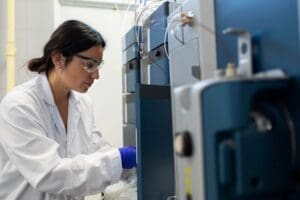

Discover how open integrated automation can transform proteomics sample preparation, helping labs…
Read more Achieving high throughput proteomics with automation

How can lab automation help ensure that the data we generate now…
Read more Data and reproducibility: creating a single source of truth for your lab

This blog explores why flexibility in lab automation is so difficult to…
Read more Tackling flexibility

Why is lab automation so hard to use? And why does it…
Read more Balancing usability and functionality

Discover how automation platforms like LINQ handle errors to improve trust and…
Read more Making error handling better

Intelligent experiment scheduling can make or break productivity in a lab and…
Read more Intelligent Scheduling: a new way to schedule workflows and why it matters

An increased throughput library preparation system with high functionality and adaptability
Read more Sequencing preparation for drug discovery

Learn how to simplify your workflows and boost your lab’s efficiency, for…
Read more What are laboratory workflows?


Automata Senior Application Scientist Alice Tome-Fernandez discusses how to free your scientists…
Read more Eliminating scientist dead time with automation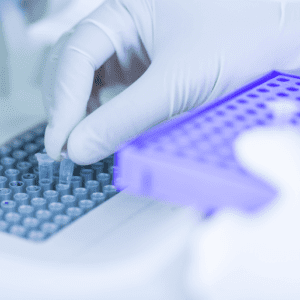


Automata Senior Application Scientist Alice Tome-Fernandez discusses how to achieve true walkway…
Read more How to achieve true walkaway: library preparation in multiomics

Automata Senior Application Scientist Alice Tome-Fernandez discusses how to achieve more throughput…
Read more Scaling nucleic acid extraction with adaptable automation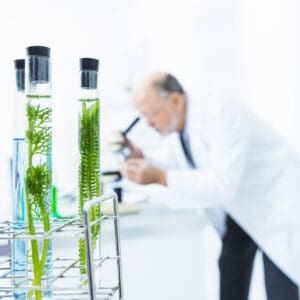

Automata Senior Application Scientist Alice Tome-Fernandez discusses how to achieve more throughput…
Read more Scaling throughput in agrigenomics labs with automation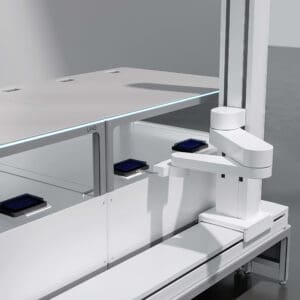


The lab automation platform that removes bottlenecks and accelerates drug discovery at…
Read more Automation solutions for drug discovery

Since the last time we talked, Automata and our customers have achieved…
Read more From robot arms to automation platforms: the future of lab tech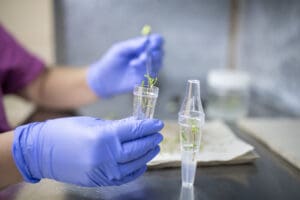

We explore common problems in plus the advantages and disadvantages of plant…
Read more Plant tissue culture: how automation can help


Gene-editing technology such as CRISPR could be the future of agriculture. We…
Read more CRISPR in agriculture: applications, benefits & risks

Find out how open, integrated automation can accelerate the ELISA development process…
Read more Scaling up ELISA development with automation

Genomics is transforming the future of agriculture. Learn how open, integrated automation…
Read more Agrigenomics: the role of automation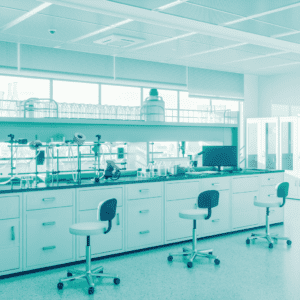


Pantea Razzaghi, Head of Design at Automata explains how automation, robotics and digital transformation…
Read more Open systems support rapid automation in the lab


The lab automation platform that helps CROs stay flexible to changing workflows…
Read more Automation solutions for CROs

The Crick is now looking for a Senior Laboratory Scientist to work…
Read more Automata and The Francis Crick Institute seek molecular biologist for an exciting new project

Lab Lives: Beyond the Benchtop is our new series exploring the world…
Read more Lab lives: beyond the benchtop ep. 2

Pantea Razzaghi, Head of Design at Automata explains why scientists are turning to robotics…
Read more Bridging the gap between laboratory scientists and designers

Proper reagent preparation is key to experimental success. Find out how automated…
Read more Preparing reagents: how automation can help

Automated, remote-operated cloud laboratories allow researchers to run experiments 24/7. We look…
Read more What are cloud labs in life science?

Discover how automated cell culture incubators can scale your cell biology workflows,…
Read more Automated cell culture incubation

Discover how open, integrated automation can streamline common processes in clinical labs,…
Read more How to automate your chemistry lab

Find out how open, integrated automation can accelerate the ELISA validation process…
Read more ELISA assay validation: how automation can help

The lab of the future is in reach – but it relies…
Read more Creating the lab of the future

Lab Lives: Beyond the Benchtop is our new series exploring the world…
Read more Lab Lives: Beyond the Benchtop Ep. 1

OIA is a design and development principle that promises to revolutionise the…
Read more What is open, integrated automation


Explore the value of reproducibility in the lab, and how automation can…
Read more How to ensure lab reproducibility with automation

How we reimagined the lab bench for automation.
Read more Five ways we redesigned the lab bench for automation

Discover how lab turnaround time can be reduced through automation, without compromising…
Read more How to improve turnaround time in the lab

Discover how automation can facilitate repetitive maintenance of cell line processes, enhancing…
Read more Maintaining cell lines with automation

Discover the advantages of automated liquid handling in cell culture, from reduced…
Read more Unlocking the potential of 3D cell cultures with automation

Drug Target Review caught up with Automata VP of Product and Strategy…
Read more Nick Pattinson talks AI in automation

Discover more about laboratory information management systems in our LIMS Wikipedia and…
Read more What is a LIMS (Laboratory Information Management System)?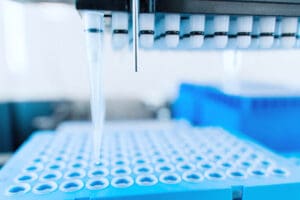

Discover everything you need to know about automated pipetting, from advantages, applications,…
Read more A complete guide to automated pipetting

By utilising the power of open, integrated automation solutions lab technicians can…
Read more Unlocking the power of people in your lab

By utilising the power of open, integrated automation solutions lab technicians can…
Read more How to unlock the space in your lab

Imagine what potential could look like for your science lab if you…
Read more Unlock the potential of your science lab with automation


Automata talk to Scientist Live about the biosynthetic industry and what they…
Read more Scaling up gene-edited food


Discover how you can reduce time-intensive processes, improve data quality and optimise…
Read more Improving NGS library prep with automation

Discover how you can supercharge your lab’s productivity, increase efficiency and save…
Read more How to improve laboratory productivity

Learn how you can optimise common lab quality control processes through automation,…
Read more How to ensure quality control in a lab

Lab 4.0 technologies allow laboratories to unlock their potential through digital transformation…
Read more What is lab 4.0?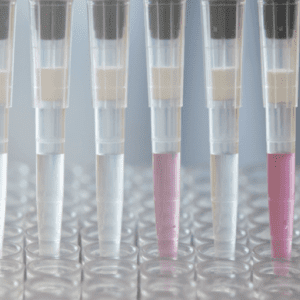

Discover the advantages of automated liquid handling in cell culture, from reduced…
Read more Benefits of automated liquid handling in cell culture

The steps for finding the lab automation solution that’s the right fit…
Read more Becoming a smart lab: the three stages

Automation is still widely underutilised in the lab space. Here are our…
Read more Four methods for enhancing automation in your lab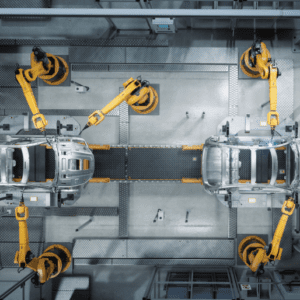

How the lessons we learned from manufacturing automation can help supercharge your…
Read more Applying automation lessons from manufacturing in the lab

Nick Lench, Genomics Expert and Co-Founder of Congenica, discusses the challenges holding…
Read more Enabling clinicians and patients to make data-driven decisions with genomics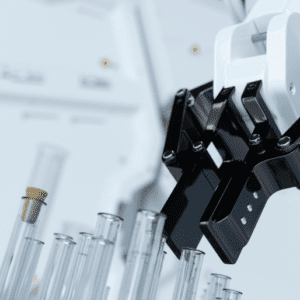

Following the NHS’ collaboration with automation leader, Automata, to accelerate lab automation,…
Read more The future role of automation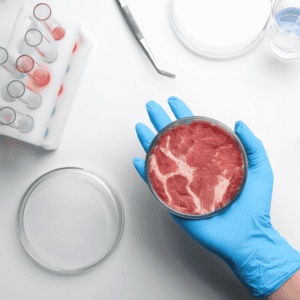

Find out what some of the biggest themes and challenges are within…
Read more 3 key themes from Future Food-Tech Alternative Proteins Summit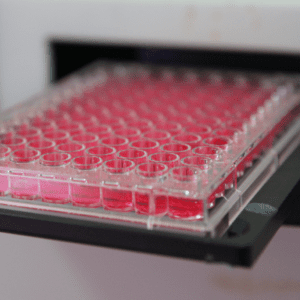

Automating mammalian cell culture can improve the scale and quality of results…
Read more Quick automation wins in mammalian cell culture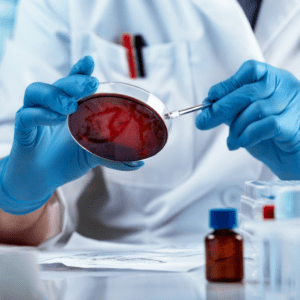

As cell cultures become more advanced, optimising culture quality is more important…
Read more Improving cell culture quality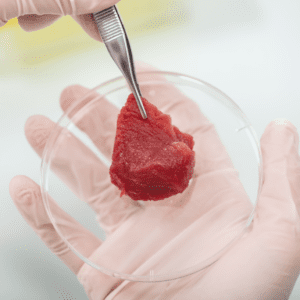

We sit down with Marko Storch, Head of Synthetic Biology and Automation,…
Read more Expert’s view: overcoming the obstacles to cultured meat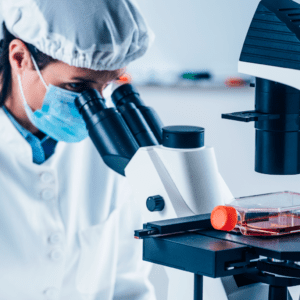

As demand for cell culture increases, labs are under pressure to scale…
Read more Scaling cell culture processes

Genomic sequencing will revolutionise healthcare over the next decade. We take a…
Read more Unlocking the potential of genomic sequencing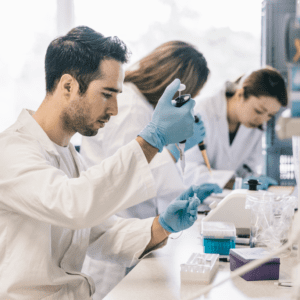

We look at what causes errors in biology lab experiments and how…
Read more Common sources of error in biology lab experiments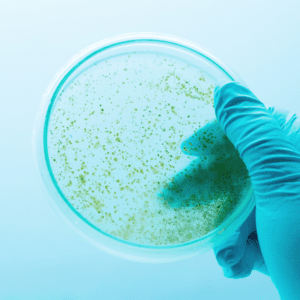

Manual colony counting is repetitive and error-prone, but, with automation, it can…
Read more Human error in colony counting in a clonogenic assay


Downtime in drug discovery labs delay an already long and complex process….
Read more How to reduce downtime in a drug discovery lab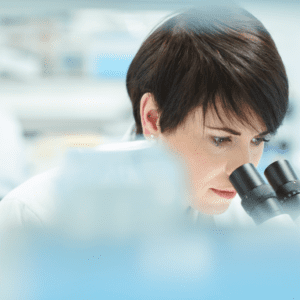

John Vincent, Senior Scientist at Medicines Discovery Catapult, discusses why flexible lab…
Read more Flexible automation in drug discovery: an expert’s perspective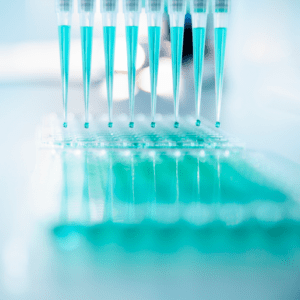

Rapidly developing breakthrough treatments at pace is critical. We investigate the benefits…
Read more Investigating lab automation in early drug discovery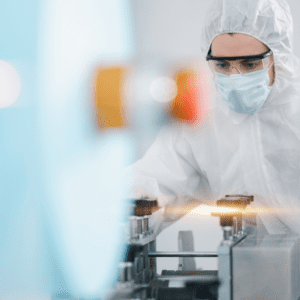

We sit down with John Vincent, Senior Scientist at Medicines Discovery Catapult,…
Read more The benefits of automation in drug discovery: An expert’s perspective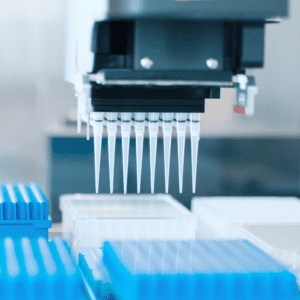

With the reliance on PCR testing set to continue, automation offers an…
Read more How automating labs can improve PCR testing capacity, accuracy and speed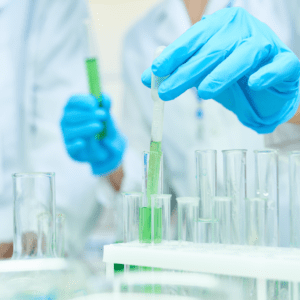

Despite protections, human error in labs still leads to incorrect diagnostics and…
Read more How automation prevents human error in the laboratory


Investing in lab automation in 2022? Here are the best practices for…
Read more How to select the right lab automation partner

Watch our webinar to learn how the COVID-19 pandemic has empowered labs…
Read more On-demand webinar: Breaking down the journey towards the smart labs of the future roundtable

Explore the many methods diagnostics labs can employ to improve efficiency in…
Read more Seven steps for increasing efficiency in diagnostics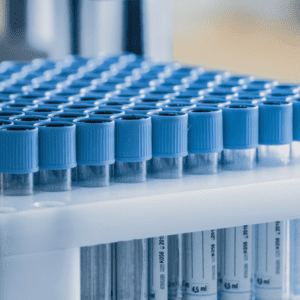

ab automation in diagnostics can help labs scale testing, improve speed and…
Read more How to automate diagnostics processes

Laboratory workflow automation links multiple lab automation technologies to automate entire diagnostic…
Read more What is laboratory workflow automation in diagnostic testing?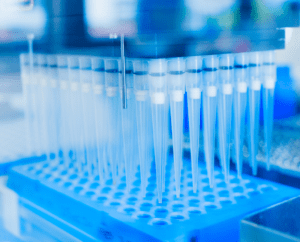

Lab automation technologies reduce the pressure on repetitive tasks, increase productivity and…
Read more The benefits of lab automation for diagnostic testing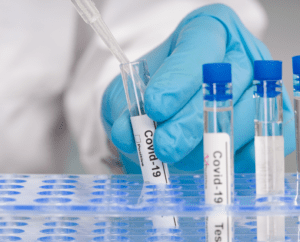

Quality in lab diagnostics is critical. We explore methods of ensuring quality…
Read more Ensuring quality in laboratory diagnostics
